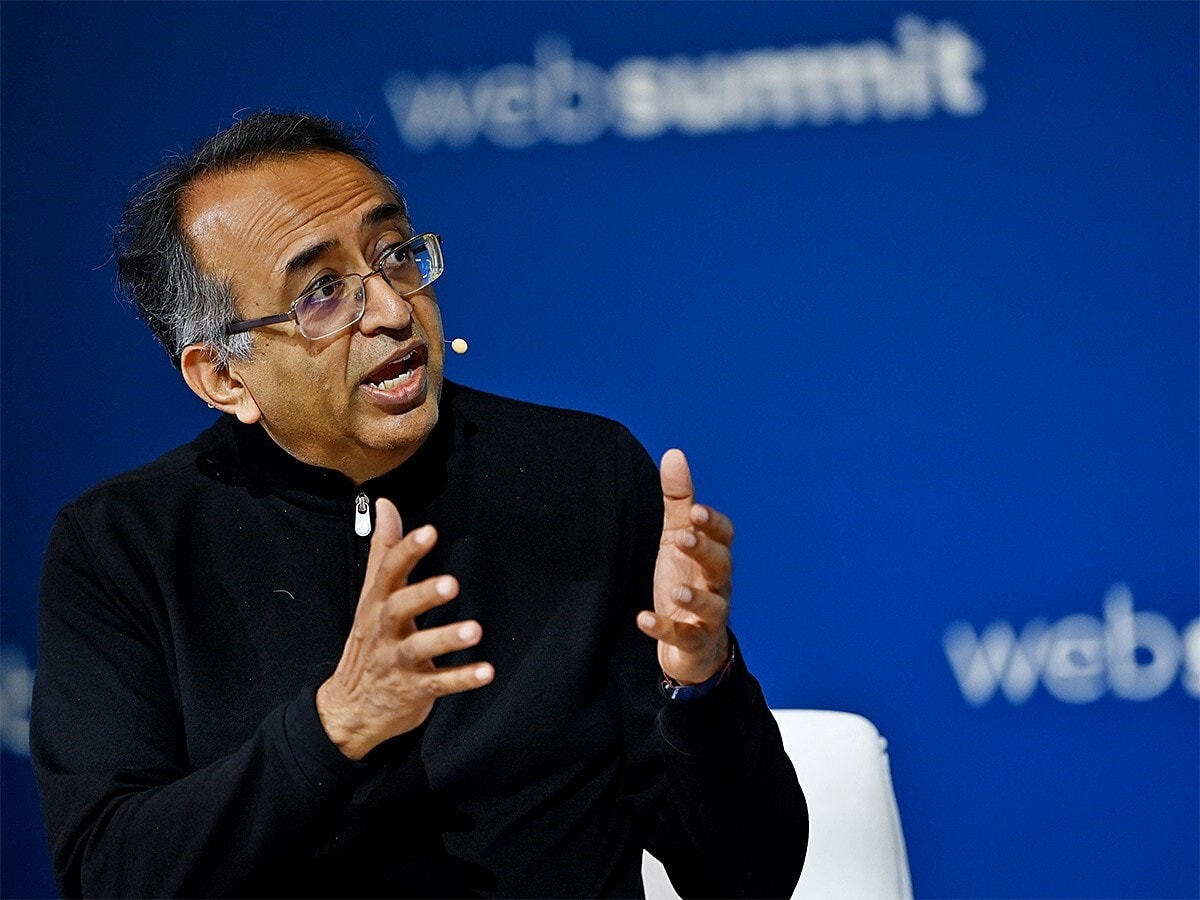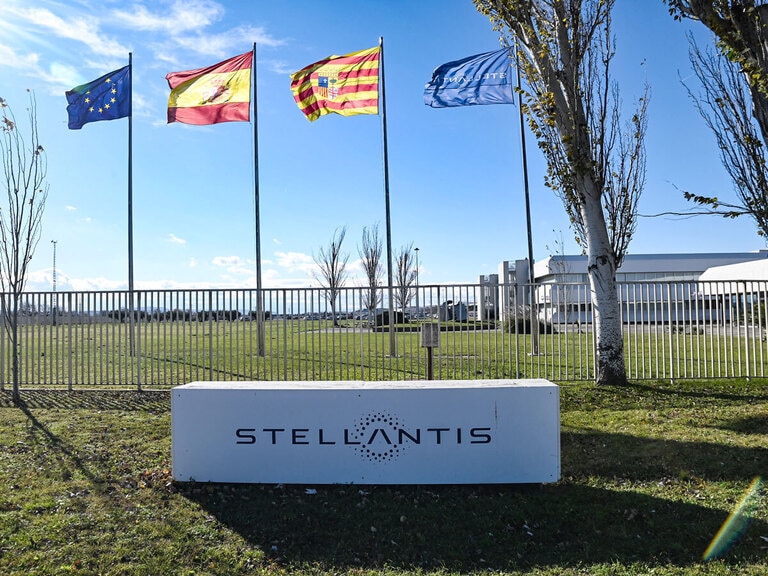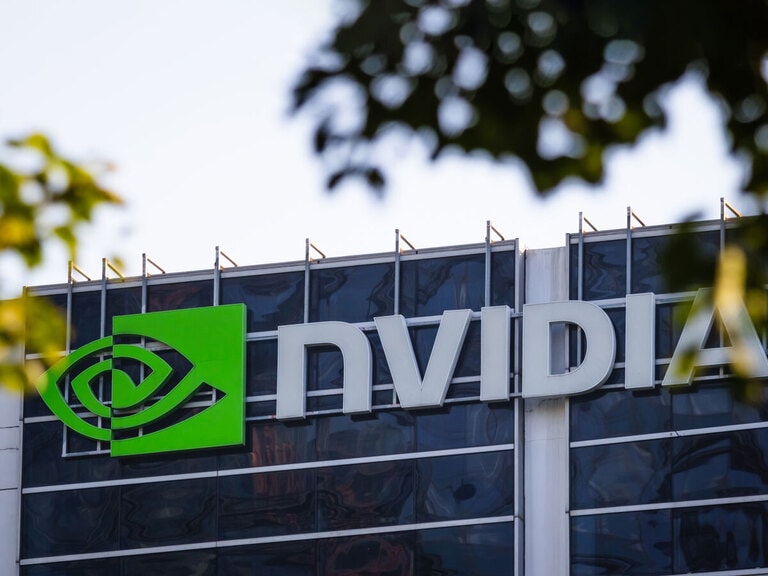Cloud technology group VMware [VMW] is expected to report a 9.1% increase in year-on-year revenues when it reports its Q3 earnings on 23 November.
The company, which earlier this month completed its spin-off from majority shareholder Dell Technologies, is also expected to report earnings of $1.54, down 7.2% on the same period last year, as per consensus estimates on Zacks.
The growing potential for the business has helped VMware’s revenue. More businesses, customers for VMware, are turning to the cloud as they undertake digital transformation and choose to buy more sophisticated technology.
“Our customers are evolving their strategies from a ‘cloud first’ to a ‘cloud smart’ philosophy where they are picking the right clouds and cloud services for the right workload, and turning to a multi-cloud environment,” said Raghu Raghuram (pictured above), VMware’s chief executive in August.
VMware also allows businesses to deploy increasingly popular artificial intelligence (AI) and machine learning enterprise platforms on its vSphere product.
The company is also likely to have been boosted by collaborations such as those between its Anywhere Workspace product and video communications group Zoom [ZM] to improve the efficiency and security of hybrid working during the COVID-19 pandemic. It is also set to have seen strong demand for its VMware Cloud on Amazon Web Services.
“Continued momentum in the company’s Tanzu [cloud app management] platform across key verticals like financial services are likely to have acted as a tailwind,” a Zacks analysts said, as reported by Entrepreneur Europe.
“Continued momentum in the company’s Tanzu [cloud app management] platform across key verticals like financial services are likely to have acted as a tailwind” - Zacks analyst, per Entrepreneur Europe
Share price woes
VMware’s share price has however struggled to reflect this increase in customer demand and accelerating moves towards digitalisation and AI.
Between 19 March 2020 and 19 April 2021 its share price zoomed from $105.68 to $170.03. Dell announced that month that it was spinning off its 81% equity ownership in VMware to form two standalone public companies.
Raghuram was emphatic, telling CRN that VMware would now become the “Switzerland of multi-cloud”, adding “We can really focus on helping our customers run their applications and run their IT however they want to run it.”
The market did not take the separation as well, and its share price fell to $138.03 in mid-September, only to recover and sit at $167.06 on 22 October, from which it has come down to $122.23. The second quarter financial figures showing a 9% climb in revenues to $3.14bn helped.
VMware departing chiefs
Some analysts believe there are other factors weighing on investor sentiment.
“The sell-off has accelerated since the completion of the Dell spinoff. Part of this is due to the special dividend payout, but even if we add that back, VMW is still lagging the market,” noted Seeking Alpha.
It has raised concerns over the group’s slow transition to recurring revenues and significant senior executive turnover over the past year.
That includes former global chief operating officer Sanjay Poonen and former CEO Pat Gelsinger, who departed to head Intel in February.
“The company is undergoing a slow transition to the SaaS model. With subscription and SaaS at only a quarter of revenue today and expected to reach over 40% by FY25, the transition process seems rather slow given many companies, such as Autodesk and Adobe have already gone through this journey,” noted Seeking Alpha.
“the transition process seems rather slow given many companies, such as Autodesk and Adobe have already gone through this journey” - Seeking Alpha
Hybrid cloud market potential
Analyst ratings remain positive. According to Market Screener the stock has a consensus ‘outperform’ rating and a $167 target price
Much of that is down to bullish forecasts about the global hybrid cloud market set to grow from $52bn in 2020 to $145bn in 2026, according to Statista.
The potential is clear. It is now up to newly independent VMware to make it happen.
Continue reading for FREE
- Includes free newsletter updates, unsubscribe anytime. Privacy policy





